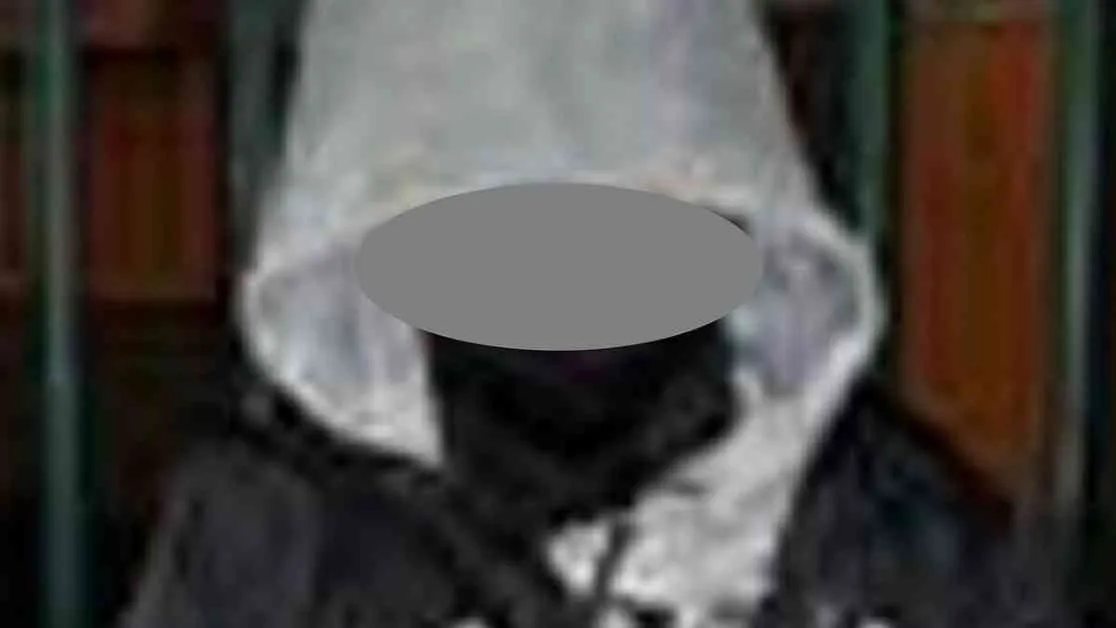Britain’s Notorious Child Killers: From Mary Bell to Jon Venables
In recent years, the UK has been shaken by a series of heinous crimes committed by some of the country’s youngest individuals. From the murder of Shawn Seesahai by two 12-year-old boys to the tragic killing of James Bulger by two 10-year-olds, these cases have shocked the nation and raised questions about the factors that drive such young individuals to commit such violent acts.
Shawn Seesahai, a 19-year-old who was stabbed to death with a machete in Wolverhampton by two 12-year-old boys, became the UK’s youngest knife killers in recent history. The boys, who cannot be named for legal reasons, were sentenced to a total of 17 years in secure accommodation for the brutal attack. The trial revealed that one of the boys had an obsession with knives, posing with a machete just hours before the murder.
The case of James Bulger, who was abducted and killed by two 10-year-olds in 1993, remains one of the most high-profile child murder cases in the UK. The boys, Robert Thompson and Jon Venables, were found guilty of torturing and murdering the toddler in a crime that shocked the nation. Despite being released as adults, they were granted lifelong anonymity to protect their identities.
Britain’s youngest female killer, Mary Bell, gained notoriety at the age of 11 for strangling two small boys in Newcastle in 1968. Bell was found guilty of manslaughter and sentenced to life in prison but was released at the age of 23. Her case raised questions about the impact of early exposure to violence and trauma on young individuals.
More recent cases, such as the murder of schoolgirl Brianna Ghey by two 15-year-olds Scarlett Jenkinson and Eddie Ratcliffe, have highlighted the role of social media and online content in influencing young offenders. Jenkinson, who had a fascination with violence and torture, lured Brianna to a park where she was stabbed 28 times in a crime motivated in part by Brianna’s transgender identity.
Another tragic case involved the murder of Muhammad Ali, a 17-year-old who was stabbed by a 15-year-old seeking revenge for an attack on his friend. The attack, motivated by mistaken identity, raised questions about the prevalence of knife crime among young people in the UK.
In a chilling case of premeditated murder, schoolgirl Holly Newton was stabbed to death by a 16-year-old boy who had been stalking her. The boy, who claimed to have no memory of the attack, had become obsessed with Holly and followed her for 45 minutes before launching a brutal assault with a kitchen knife.
The case of Mikey Roynon, a 16-year-old who was stabbed to death at a party by three 16-year-old boys, highlighted the role of peer influence and exposure to violence in shaping young offenders’ behavior. The boys, who took knives to the party, were convicted of murder and manslaughter after a trial that revealed their troubled backgrounds and exposure to criminal behavior.
In a tragic case of mistaken identity, Ronan Kanda, a 16-year-old, was brutally attacked with a machete by two 17-year-old boys who mistook him for their intended victim. The boys, who fled the scene after realizing their mistake, were sentenced to life in prison for the murder of Ronan, raising questions about the impact of violence and trauma on young offenders.
These cases of child killers in the UK shed light on the complex factors that contribute to such tragic events. From exposure to violence and trauma to social media influence and peer pressure, understanding the root causes of youth violence is crucial in preventing future tragedies. As the nation grapples with the aftermath of these horrific crimes, it is essential to address the underlying issues that drive young individuals to commit such violent acts and work towards creating a safer and more supportive environment for all young people.









